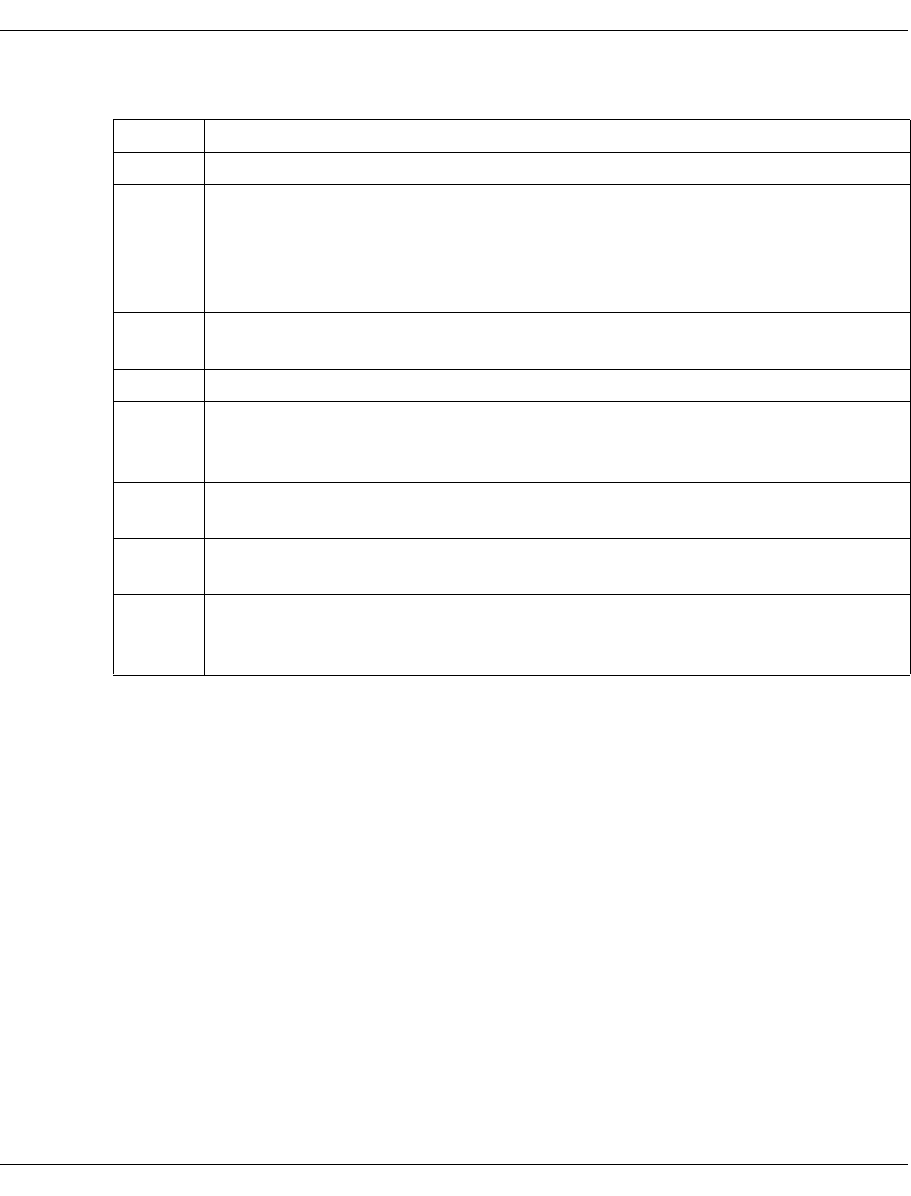
Direct CALC page Structure of pages
212 U929-J-Z125-9-76
Meanings of bytes 1-28 or 1-32
The “chaining” items are used to link the overflowing pages to their overflow pages.
Based on the record length and the length of the key item, UDS/SQL calculates the
maximum number of records that can be stored in a page. Then UDS/SQL sets up a CALC
table at the end of the page with the calculated number of table lines, where each line refers
to exactly one record. The table entries are sorted in ascending order by key values, and by
RSQs for duplicate key values.
There is also a page index entry for each record.
If UDS/SQL knows the key value of a record, it can find the record in the page via the CALC
table and the associated page index entry. If UDS/SQL knows the database key value, it
locates the record via the page index entry alone.
Byte Meaning
1-4 specifies the address of the page
13-16 contains the length and the beginning of the free space. Since the free place is
filled with records starting from the CALC table header, the first record stored in
the page borders on the CALC table header. The free place begins after the last
page index entry and ends before the first record. This information on free place
represents the second level of the three-level Free Place Administration facility.
17-18 contains the number of page index entries and thus the number of records
contained in the page.
19-20 indicates the beginning of the CALC table header.
21-24
or
21-28
contains the database key value of the first record stored in the page.
25 or 29 Since the page index entries in CALC pages always refer to records, the corre-
sponding DBTT column is column 0.
26 or 30 Status=3 identifies the record associated with the page index entry as a CALC
record.
27-28
or
31-32
points to the first stored CALC record.
Table 18: Meanings of bytes 1-28 or 1-32 of the CALC page


















